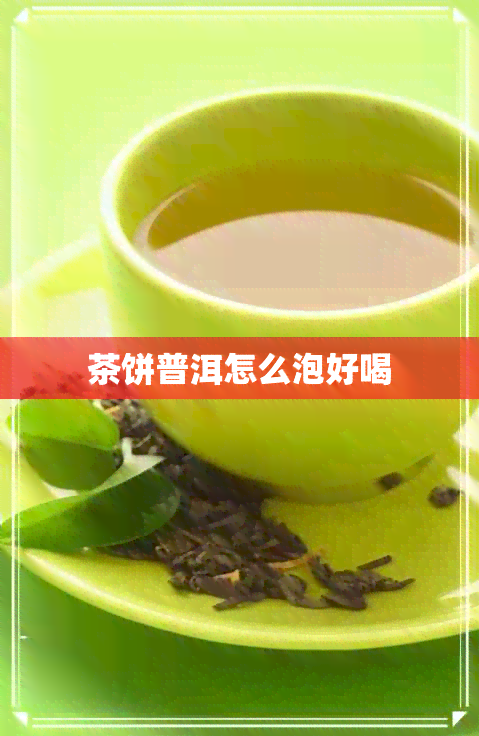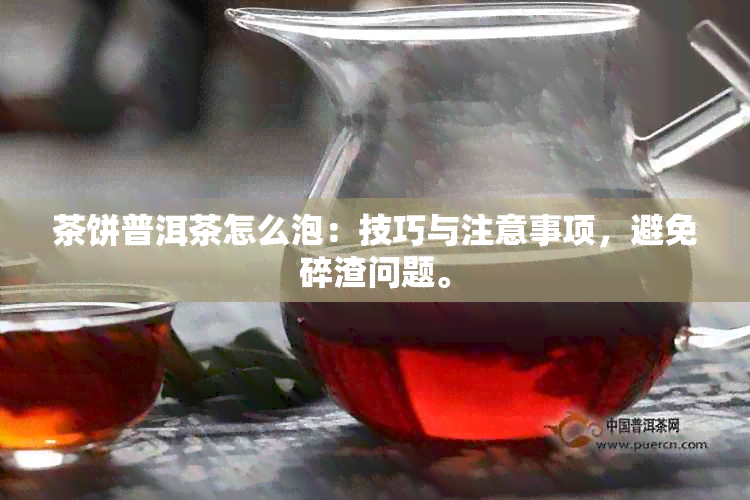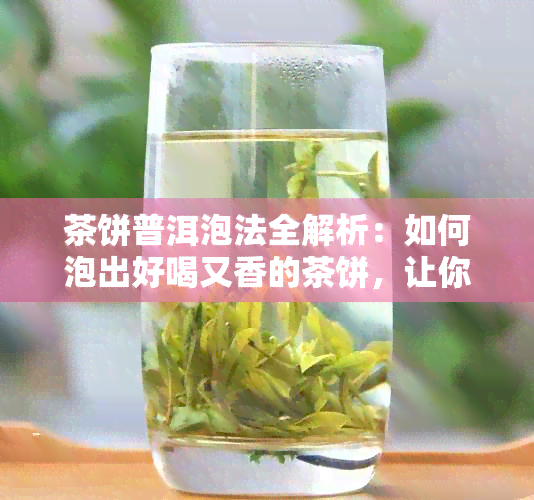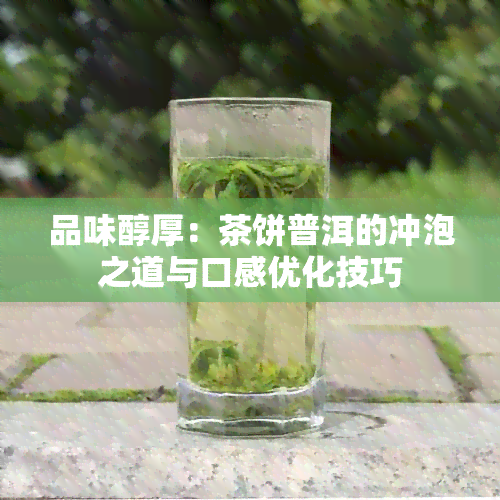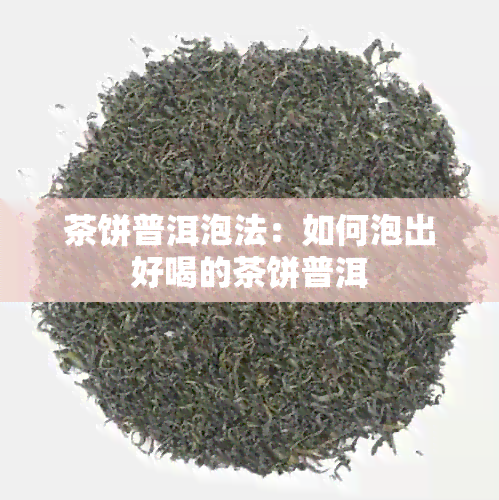详细步骤解析:如何正确使用碗冲泡普洱生茶茶饼
detled steps analysis: How to correctly use a Gwan to brew Pu'er raw tea cakes

Introduction
Pu'er tea, a unique variety of fermented tea from China, offers a distinctive flavor and aroma that is both intriguing and delightful. Among the various forms of Pu'er tea, raw tea cakes are particularly popular. This article will provide a detled step-by-step guide on how to correctly use a Gwan to brew Pu'er raw tea cakes, ensuring that you can fully reciate their taste and aroma.
1. Preparation of Materials and Tools
Before starting, ensure that you have the following materials and tools:
- Pu'er raw tea cake
- Gwan (a lidded bowl used for brewing tea)
- Teacups
- Hot water (ideally 90-95 degrees Celsius)
- Tea needle or tea knife
- Tea tray (optional)
2. Breaking the Tea Cake
1. Using a tea needle or tea knife, gently break off a small piece of the Pu'er raw tea cake. It is recommended to use roximately 5-8 grams of tea for a standard Gwan.
2. Place the broken tea leaves into the Gwan.
3. Pre-washing the Tea Leaves
1. Pour hot water into the Gwan, just enough to cover the tea leaves. This step is to wash away any dust or impurities.
2. quickly pour out the water after 5-10 seconds. This pre-wash helps to open up the tea leaves and prepare them for brewing.
4. Pre-heating the Gwan and Teacups
1. Pour hot water into the Gwan and let it sit for a few seconds, then pour the water into the teacups. This pre-heating step helps to mntn the temperature of the tea as you brew it.
2. Discard the water from the Gwan and teacups.
5. Brewing the Pu'er Raw Tea Cake
1. Pour hot water into the Gwan, ensuring that the tea leaves are fully submerged. Use the back of the lid to gently press down on the leaves, helping to release their aroma.
2. Cover the Gwan with the lid and let the tea steep for 20-30 seconds. This initial steeping is known as the first wash and is not for consumption.
3. Pour out the water from the Gwan.
6. The First Infusion
1. Agn, pour hot water into the Gwan, submerging the tea leaves completely.
2. Cover the Gwan with the lid and let the tea steep for 30-40 seconds. The steeping time may vary depending on your personal preference and the specific tea cake.
3. After steeping, pour the tea into the teacups using a strner to catch any tea leaves.
7. Multiple Infusions
Pu'er raw tea cakes can be infused multiple times, typically 5-7 times, with each subsequent infusion offering a different flavor profile.
1. For each subsequent infusion, pour hot water into the Gwan and increase the steeping time slightly. The second infusion may steep for 40-50 seconds, the third for 50-60 seconds, and so on.
2. Continue to pour the tea into the teacups using a strner.
8. Proper Tea Leaf Storage
After brewing, store the remning tea leaves in an rtight contner to preserve their freshness. Keep the contner in a cool, dry place away from direct sunlight.
Detled Steps Analysis:
9.1 Tea Leaf Selection
The quality of the tea leaves is crucial for a delicious cup of Pu'er tea. Choose a reputable brand or source for your raw tea cakes, ensuring that the leaves are fresh and properly aged.
9.2 Breaking the Tea Cake
The correct amount of tea leaves is essential for a balanced flavor. Breaking the cake too roughly can damage the leaves, while breaking it too finely can cause the tea to become bitter. Use a tea needle or tea knife to gently break off small pieces.
9.3 Pre-washing the Tea Leaves
Pre-washing the tea leaves not only removes impurities but also helps to open up the leaves, preparing them for brewing. Be sure not to skip this step.
9.4 Pre-heating the Gwan and Teacups
Pre-heating the Gwan and teacups ensures that the tea remns hot during brewing, preserving its aroma and flavor.
9.5 Brewing Time and Temperature
The brewing time and temperature can significantly impact the flavor of the tea. For Pu'er raw tea cakes, use hot water (90-95 degrees Celsius) and adjust the steeping time according to your preference.
9.6 Multiple Infusions
One of the joys of brewing Pu'er tea is experiencing the different flavors offered by multiple infusions. Experiment with different steeping times to discover the unique characteristics of your tea cake.
精彩评论
